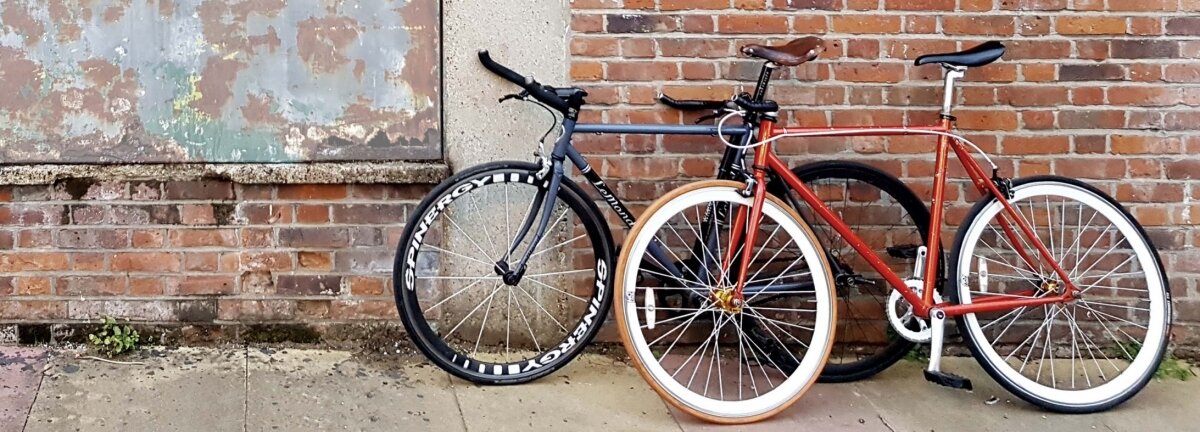Reclaiming negative space

By Victor Callister, Design Council Deputy Director of Architecture & Built Environment.
One of the great joys of working at Design Council is the privilege of meeting so many individuals and organisations that are committed to making a difference in people’s lives through design. We see many innovative aspects of design thinking and new approaches to tackling the challenges of the present and the emerging world we inhabit together. We are always on the lookout for emerging new evidence and methodologies that can assist decision makers in making sense of complex problems and that provide tools to help shape change and to meet the people behind them.
One such opportunity came our way when two architects, Seán Kehoe and Vincent Walsh, asked us to look at the work that they had been doing in their local area of London looking at small parcels of land and assessing the site potential for housing. Seán and Vincent have set themselves the ambition of changing what we know about the development potential for small scale housing developments in the capital, and they have set an ambition to map every useable development opportunity in London.
Having already completed their ‘Negative Space Survey’ of the London Borough of Hackney by biking every single street, alley and estate, they believe they have recorded enough space on publicly-owned land to conservatively house 21,000 people in over 6,500 homes, and they think that this is possible without impacting community amenity space, exceeding contextually appropriate scale, or displacing a single existing resident.
In our discussions with Seán and Vincent they did not speak of ‘buildings filling gaps’ or of ‘housing provision’, but of quality architectural interventions that seek to enhance a local area and address some divisions in our society too.
“Our survey highlights wasted space not as an indication of misuse, but as opportunity to improve," said Vincent. "There are infinite possibilities within the bounds of the existing urban fabric – each instance an opportunity to bolster existing communities and re-engage disenfranchised neighbourhoods. Quality architecture can be the difference between vibrant city-life and a mundane existence. Good design takes time and investment, and architects need to be given a chance. The process should begin with finding the most worthwhile opportunities. That is what we have set out to achieve.
What do you do when you want to affect change? You find where best to focus your efforts, then you get to work. We have challenged ourselves to finding only the worthwhile opportunities for development; excluding those that would negatively impact an area if developed. To this end, our survey is only the first step towards better places and better place builders, Our work should encourage conversation and debate that address issues in the cityscape and improve London as a whole. If at the same time we can help solve the housing crisis – well, that would be nice too.
There are a lot of people trying to address land issues through automation, or from the comfort of their home computer. In our experience you need to be in the midst of these areas with an architectural aptitude and at human scale and pace to truly understand the needs of a community and judge the impact of proposed development.”
We were understandably keen to see the results of their work, bearing in mind the current projected housing need and delivery for London, and the role that small sites will need to play in delivering this extraordinary step change in housing. From their work, it is clear we have a new emerging methodology it is worth our time to explore and test – one that seeks to identify opportunities, with an ambition to contribute positively to how London’s creation of new homes in our existing neighbourhoods. Given the miles walked and the time effort required and the fact that they were fully employed in architectural jobs, their commitment and endeavour is extraordinary, and the results speak for themselves.
For more information on UrbanR+D's work, read the full report on their website or follow @urbanrandd on Twitter.
Subscribe to our newsletter
Want to keep up with the latest from the Design Council?
